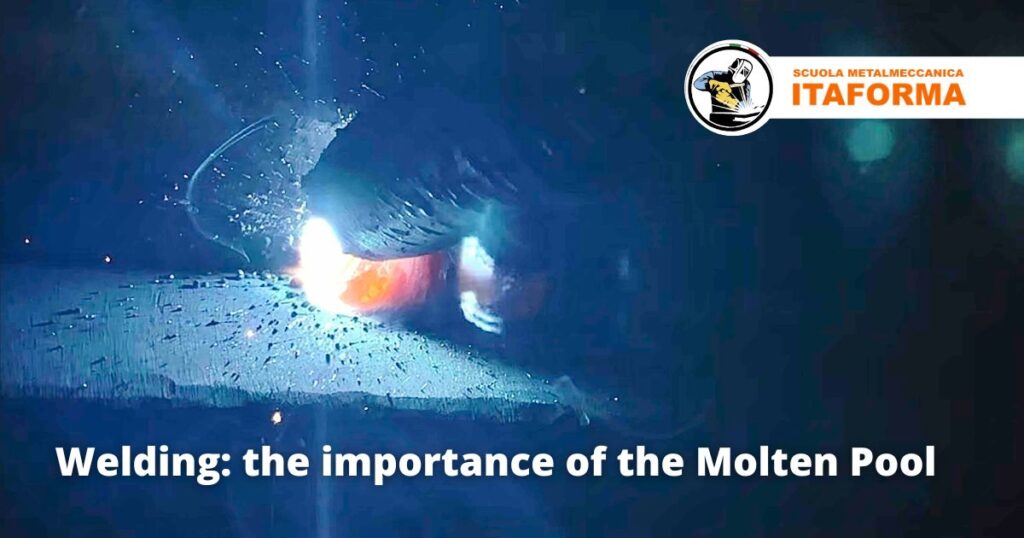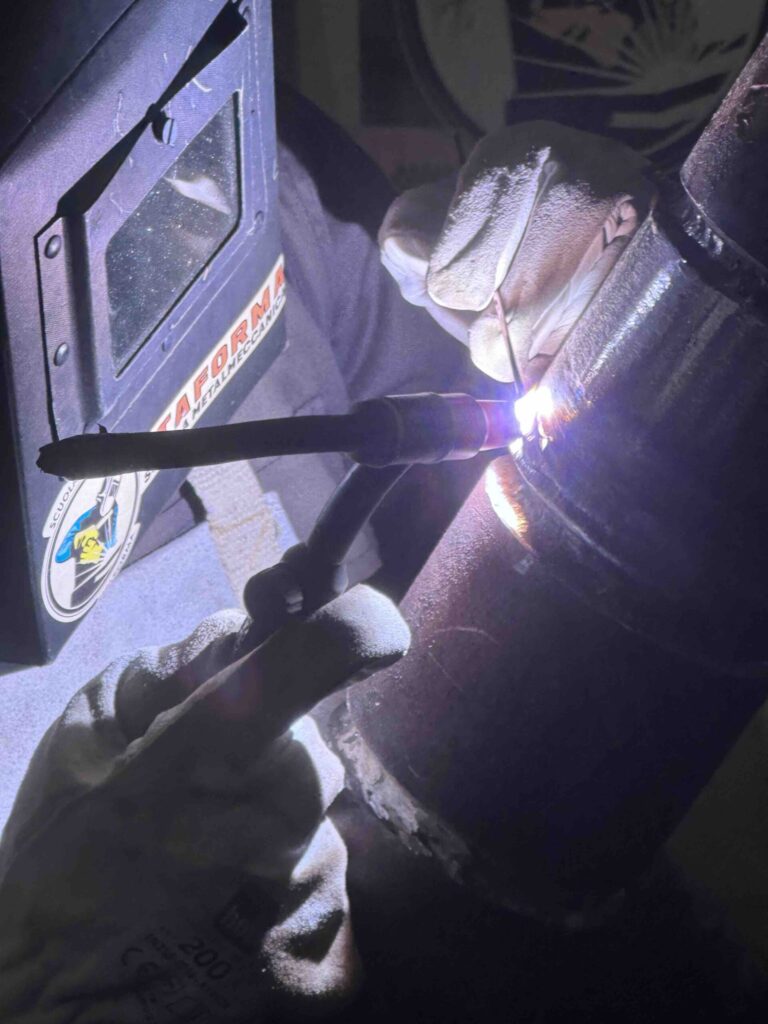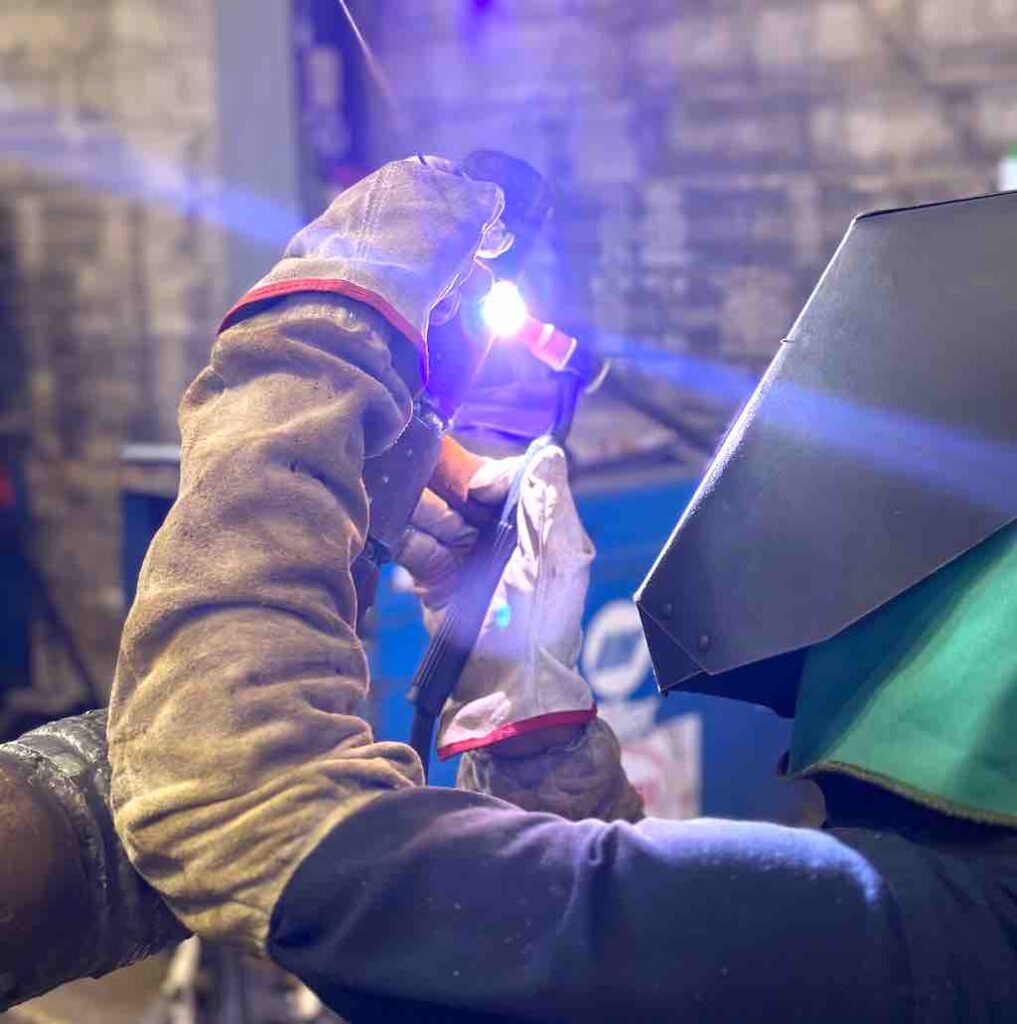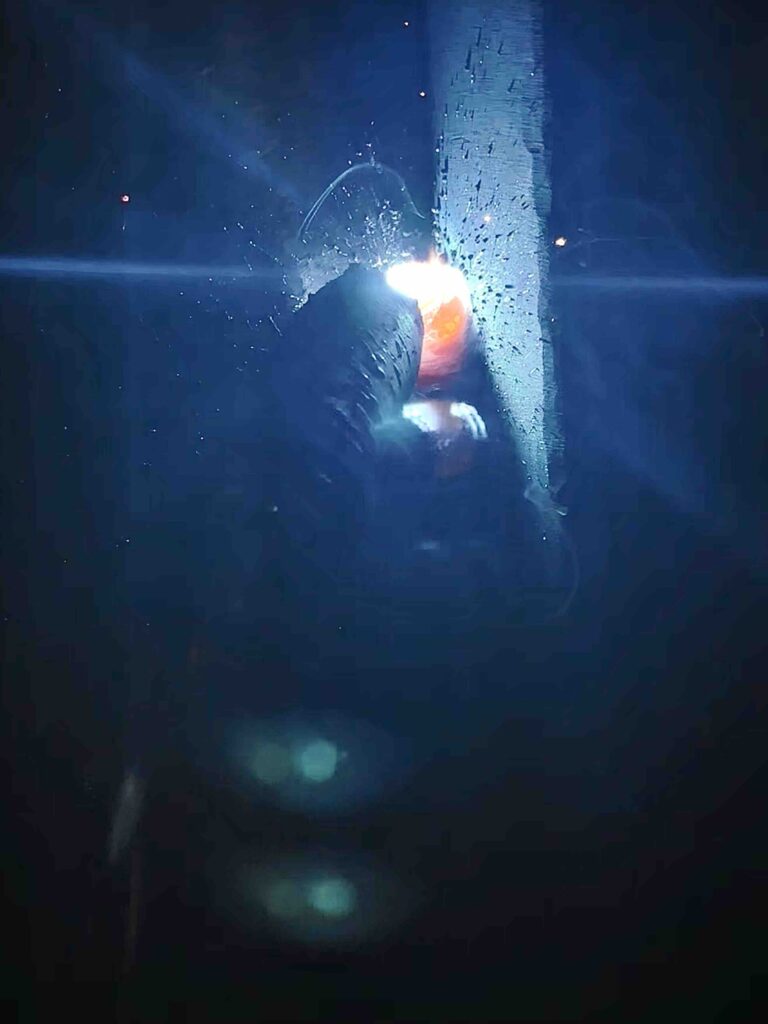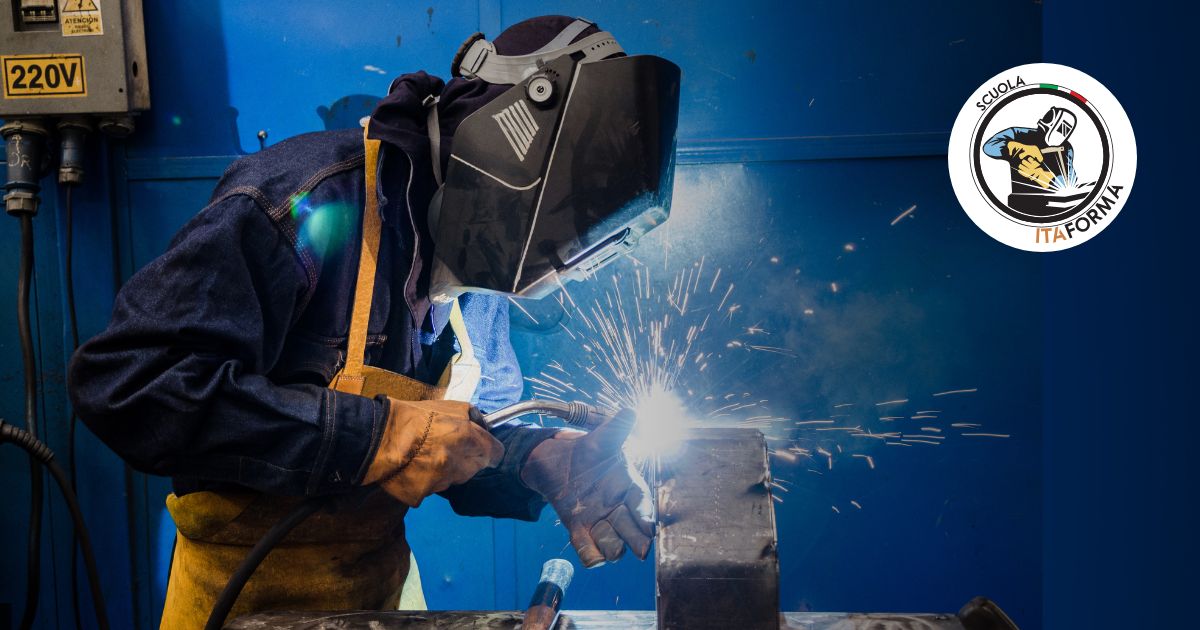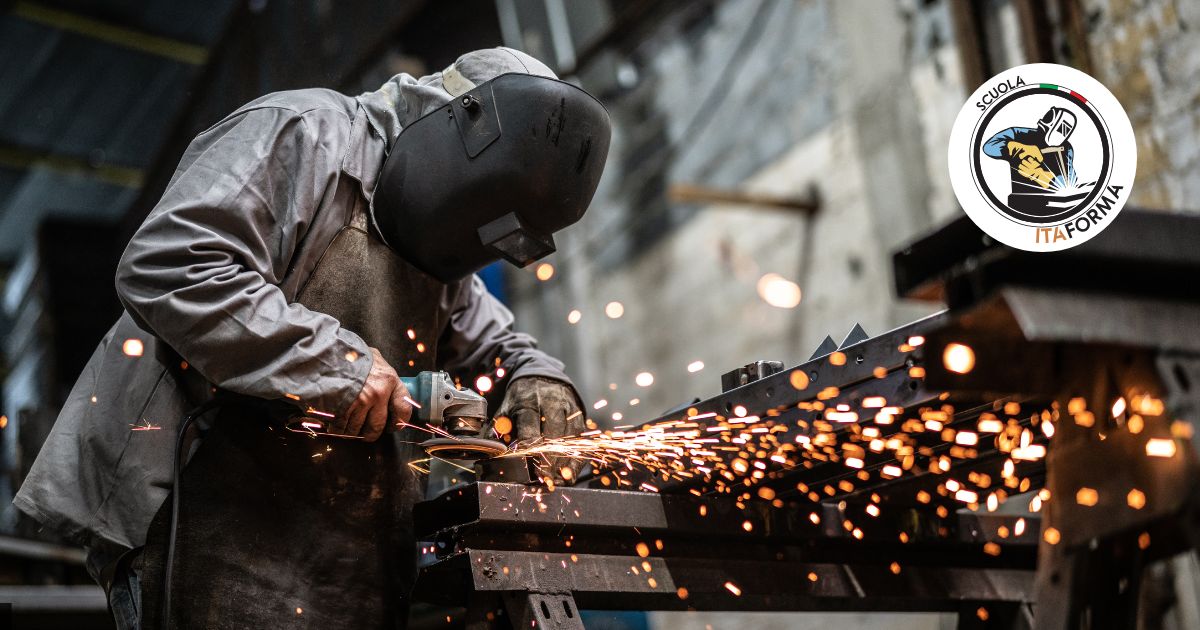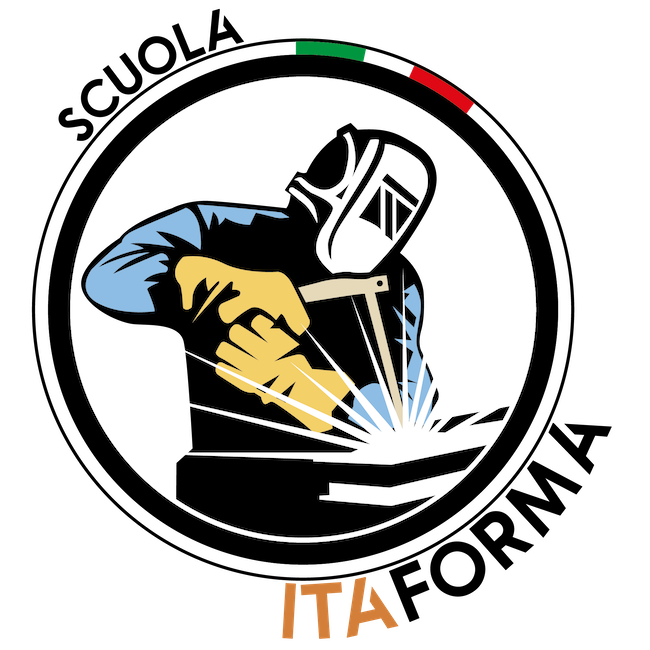The molten pool is a key element in welding, a metallurgical process that joins metallic materials by creating a melted zone that, upon cooling, ensures the cohesion and strength of the assembly.
Understanding the characteristics and behavior of the molten pool is crucial for professional welders, whether they are using TIG, MIG/MAG, or electrode welding.
TIG Welding: A Small and Stable Molten Pool
1.1 Principles of TIG Welding
The TIG (Tungsten Inert Gas) welding process relies on the use of an electric arc generated between a non-consumable tungsten electrode and the workpiece. This process allows for high precision due to the very controlled molten pool.
1.2 Technical Characteristics of the TIG Molten Pool
The molten pool formed by the TIG process is relatively small and stable. This stability is due to several key technical factors. First, the flow of inert gas (usually argon) is adjustable and plays a critical role in protecting the pool from oxidation.
The gas creates a protective envelope around the molten area, preventing any undesirable chemical reactions with the atmosphere, such as the formation of oxides or nitrides.
Second, precise control of the heat input is another fundamental element. The heat from the electric arc can be adjusted using a pedal or regulator on the torch, allowing the welder to adapt to the nature and thickness of the material. For example, reducing the heat is essential to avoid thermal deformation in thin sheets or to minimize residual stresses in sensitive structures.
The choice of tungsten electrode is also critical for the stability of the pool. An electrode that is too thin may lead to arc instability, while an electrode that is too large can overheat the molten zone. The diameter of the electrode must be chosen according to the required intensity and the characteristics of the base metal.
Finally, proper welding technique, combined with steady movement and consistent speed, ensures that the molten pool remains homogeneous and free of defects. Common risks to monitor include porosity, usually caused by gas or material contamination, and solidification cracks due to too-rapid cooling. Careful attention to these aspects ensures strong and aesthetically pleasing welds.
1.3 Applications and Advantages
TIG welding is ideal for high-quality assemblies in applications such as fine sheet metal work, stainless steel pipes, and complex alloys. This process guarantees exceptional adhesion between materials while minimizing distortion due to the well-controlled molten pool.
MIG/MAG Welding: A Spectacular Molten Pool
2.1 How MIG/MAG Works
The MIG (Metal Inert Gas) and MAG (Metal Active Gas) welding processes use a continuously fed consumable wire electrode and a protective gas. The molten pool is created by the electric arc between the wire and the base material, allowing for quick and efficient joining.
2.2 Formation and Stability of the Molten Pool in MIG/MAG
In MIG, the inert gas (often argon or a mixture of argon and helium) provides optimal protection against oxidation. In MAG, the active gas (such as CO2) promotes deeper penetration of the molten pool. This molten pool is larger than in TIG welding, which facilitates welding on thicker sheets of metal.
The stability of the molten pool in MIG/MAG also depends on precise control of parameters such as arc voltage, electrode wire feed speed, and protective gas flow rate. Proper adjustment of these factors results in a uniform fusion, reducing the risks of spatter or porosity. Additionally, the dynamics of the pool can be influenced by the characteristics of the wire used, such as its diameter and composition. For instance, the use of specific wires like aluminum or stainless steel alloys ensures optimal weld quality for a variety of applications.
2.3 Common Uses and Benefits
The MIG/MAG process is particularly suited for industrial manufacturing, especially in sectors such as automotive and metal construction. It allows for rapid welding of rails, tubes, and metal structures while ensuring strong cohesion in the assemblies.
Electrode Welding: Smaller Pool with Fast Cooling
3.1 Understanding Electrode Welding
Electrode welding, or MMA (Manual Metal Arc), uses a coated consumable electrode. The electric arc melts the electrode and base material to create the molten pool, while the coating forms a protective gas shield.
3.2 Characteristics of the Molten Pool in MMA
The molten pool in MMA welding is relatively small and cools rapidly, which provides advantages for repair work, vertical or overhead welding, and joining thick pieces. The ability of the molten pool to solidify quickly reduces the risk of deformation in surrounding materials, a crucial benefit for on-site applications.
However, this rapid cooling requires greater technical skill from the welder. They must ensure a stable arc temperature and use the right electrode for the base material to avoid defects such as poor adhesion, cracking, or slag inclusions. These slags, formed by the burning of the coating, must be carefully removed to ensure the quality of the weld joint. Therefore, rigorous cleaning between passes is essential to avoid weakening the structural integrity of the assembly.
Moreover, while the molten pool in MMA is smaller compared to other processes, it is ideal for applications requiring high precision.
3.3 Applications and Limitations of Electrode Welding
Electrode welding is commonly used for structural repairs, heavy boiler work, and piping installations. Its main advantage lies in its simplicity and ability to weld in challenging conditions, although the molten pool's precision is lower than in TIG and MIG/MAG welding processes.
Conclusion
The molten pool plays a fundamental role in the quality of welds made using TIG, MIG/MAG, and electrode welding processes. Mastering it requires a deep understanding of materials, welding parameters, and operational constraints.
Whether welding rails, sheets, or complex alloys, a solid understanding of the molten pool's behavior ensures strong and durable assemblies that meet the requirements of professional welders and modern industries.


